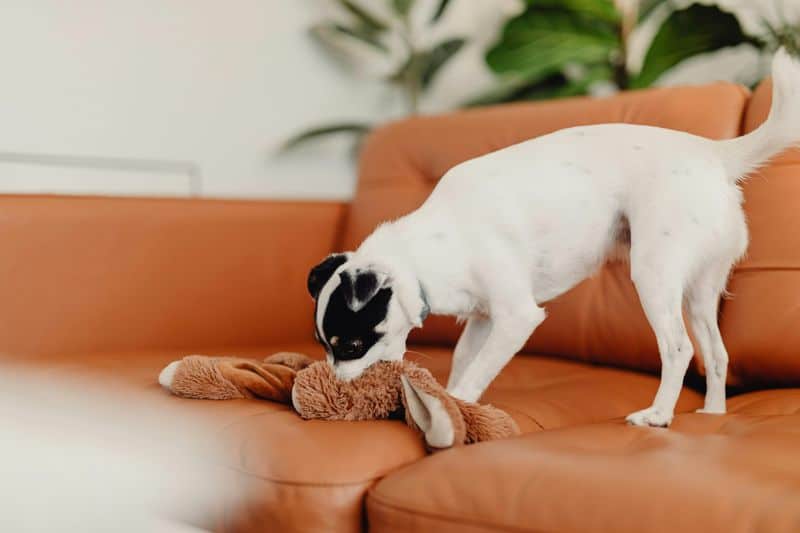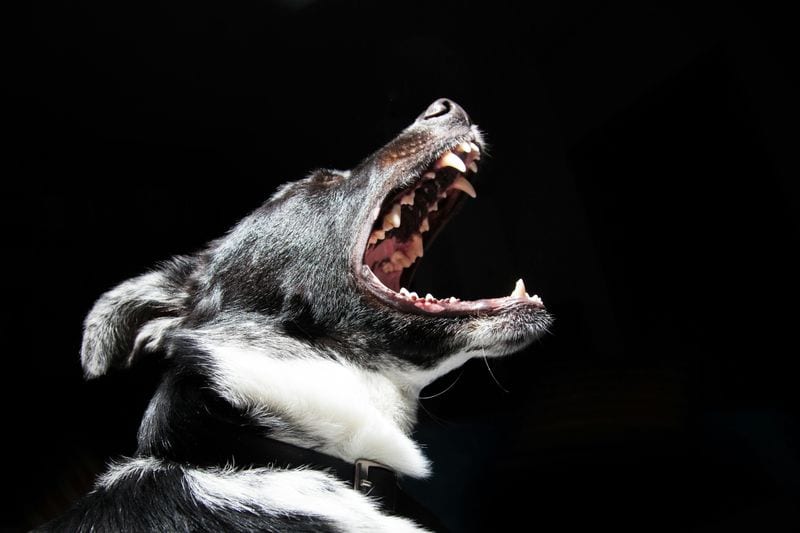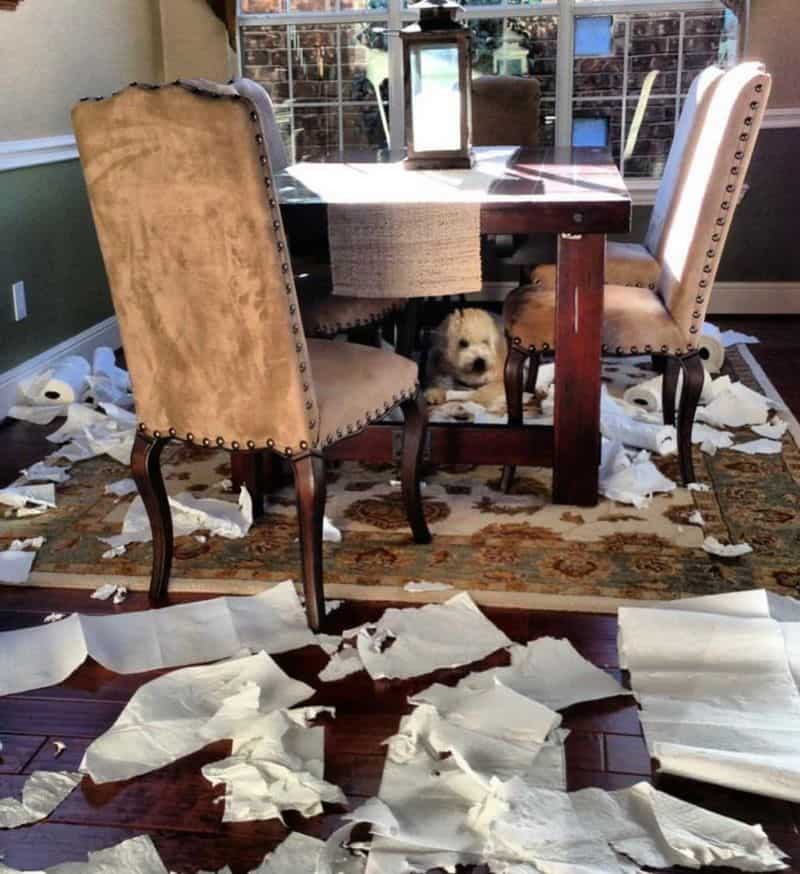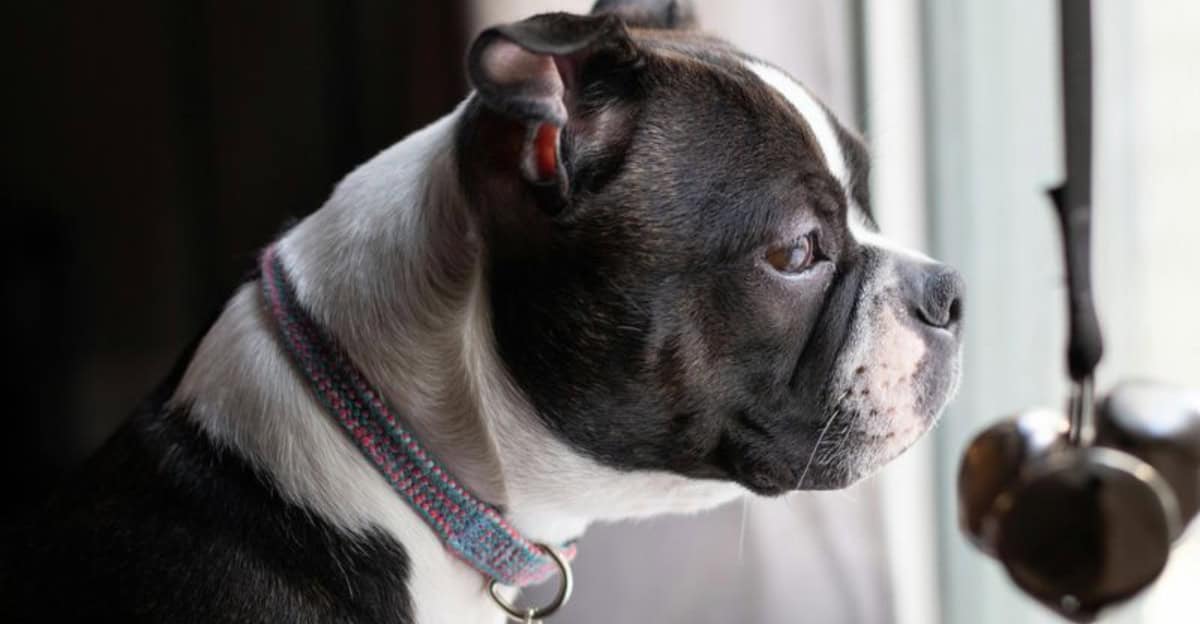Understanding the emotional well-being of our furry companions is crucial.
Here’s how you can spot the top eight signs of doggy depression before it’s too late.
1. Loss of Appetite

One of the signs your dog may be experiencing depression is a noticeable loss of appetite.
Your once ravenous pup might suddenly ignore their favorite meals.
This change in eating habits can lead to weight loss and decreased energy levels.
If your dog skips meals for more than a day or two, it’s essential to consult with a veterinarian to rule out any underlying health issues.
2. Decreased Activity Levels

Is your dog no longer excited about playtime or walks?
A decrease in activity levels might indicate depression. Dogs typically enjoy regular exercise and play, so a sudden lack of interest is concerning.
Engaging them in new activities or changing their routine might help lift their spirits.
Keep an eye on their behavior and consult a vet if the lethargy persists.
3. Excessive Sleeping

While dogs adore a good nap, excessive sleeping can signal depression.
If your dog is snoozing more than usual and seems uninterested in waking for favorite activities, it might be time to investigate.
Ensure that their sleep environment is comfortable, and try to maintain a routine that includes regular playtime and interaction.
4. Avoidance Behavior

Is your furry friend avoiding you or acting distant?
Avoidance behavior is a common sign of depression in dogs. They may prefer quiet corners over social interactions.
Spending quality time with your pet and offering comfort can help alleviate these feelings.
Patience and gentle encouragement may coax them back to their usual self.
5. Excessive Licking or Chewing

Excessive licking or chewing can be a self-soothing behavior for depressed dogs.
This repetitive action might lead to sores or hair loss if not addressed.
Providing mental stimulation or distractions like puzzle toys might help redirect this behavior.
Consulting with a veterinarian for behavior modification strategies can also be beneficial.
6. Changes in Vocalization

Noticeable changes in your dog’s vocalization patterns can indicate emotional distress.
Increased barking, whining, or even howling may be attempts to communicate their feelings.
Understanding the context of these changes and offering comfort can help.
Sometimes, simple companionship or additional playtime can make a difference.
7. Loss of Interest in Social Interactions

Dogs are social creatures, so a loss of interest in interactions with humans or other pets can be troubling.
If your dog is isolating itself during family gatherings or playdates, depression might be the culprit.
Encouraging gentle socialization and rewarding positive interactions can aid in rekindling their interest.
8. Destructive Behavior

Has your well-behaved dog started chewing furniture or other items?
Depression can manifest as destructive behavior, often due to boredom or anxiety.
Addressing the root cause is crucial. Providing ample exercise, mental stimulation, and affection can help curb these tendencies.
Consider consulting a professional trainer if the behavior persists.

